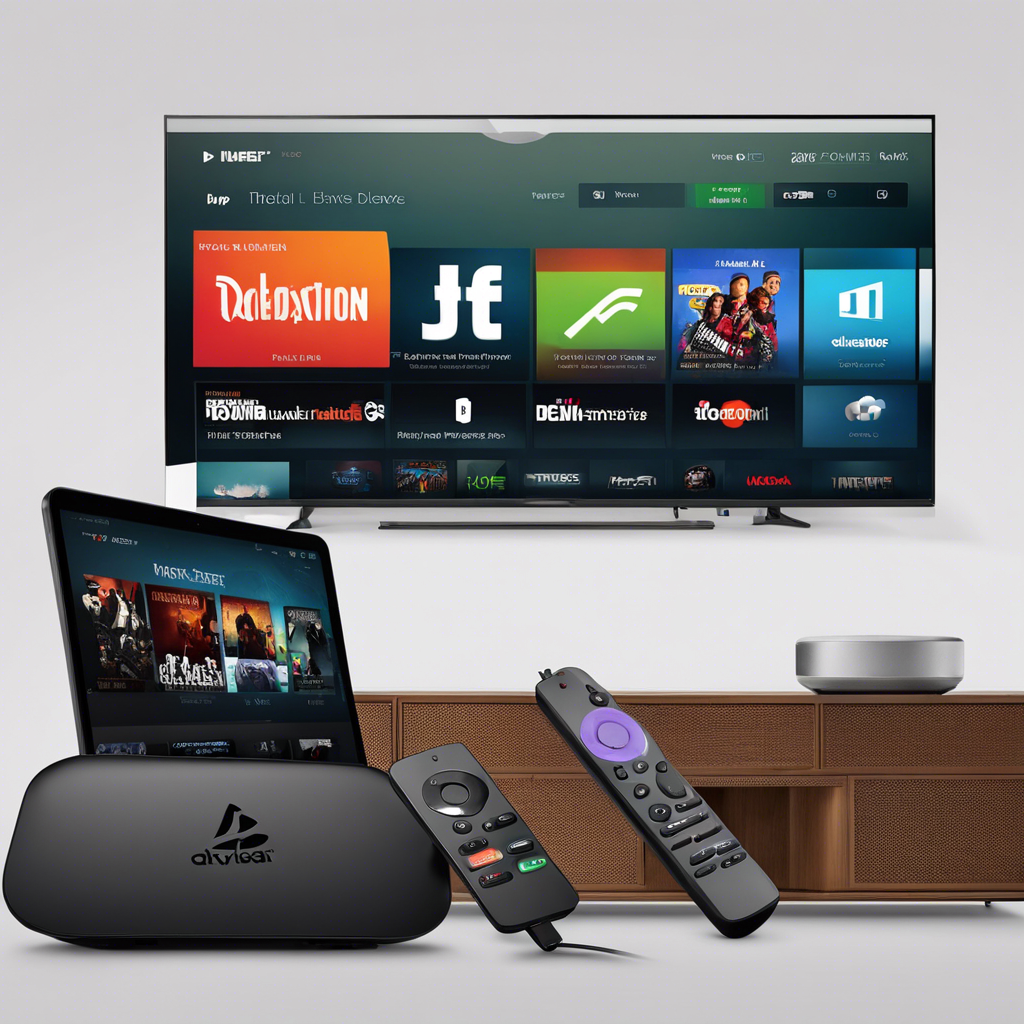Streaming devices have become increasingly popular in recent years, offering cord-cutters and entertainment enthusiasts a convenient and flexible way to access their favorite shows, movies, and online content. With a plethora of options available, it can be daunting for beginners to navigate the world of streaming and choose the right device. So, let’s break down the ultimate guide to streaming devices for beginners, covering everything from the types of devices available to the benefits they offer and how to choose the best one for your needs.
First and foremost, what exactly is a streaming device? In simple terms, it’s a small piece of hardware that connects to your television or home entertainment system, enabling you to stream content from the internet. This includes everything from movies and TV shows to music, games, and online apps. Streaming devices provide a seamless way to access a vast array of content without the need for cables, satellite dishes, or traditional TV subscriptions. One of the most appealing aspects of streaming devices is the range of content they offer. Popular options include streaming sticks and set-top boxes. Sticks are simple to use and ideal for those new to streaming, as they are affordable, portable, and easy to set up. They plug directly into your TV’s HDMI port and offer a straightforward way to access streaming platforms. Set-top boxes, on the other hand, tend to be more powerful and offer additional features and connectivity options, making them a great choice for those seeking a more comprehensive streaming experience.
Both types provide access to an extensive content library, with popular streaming services such as Netflix, Amazon Prime Video, Disney+, and Apple TV+ readily available at the click of a button. One of the biggest advantages of streaming devices is their convenience and portability. They are easy to set up and use, often requiring just a power source and an internet connection to get started. This makes them ideal not only for homes but also for traveling, allowing users to access their favorite content wherever they are. Many devices offer mobile apps that sync content and provide remote control functionality, enhancing the overall convenience and usability.
